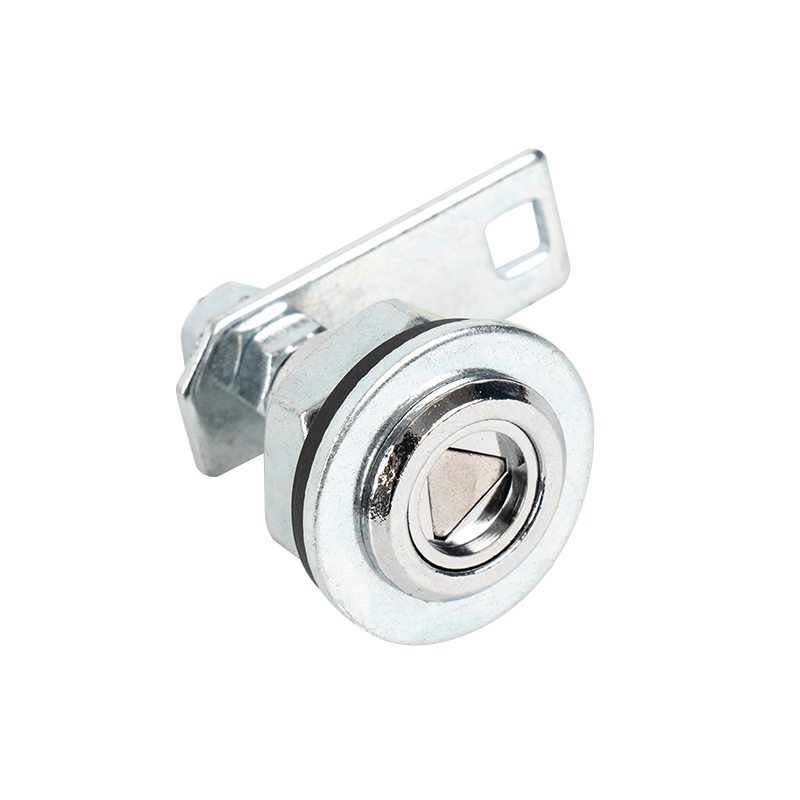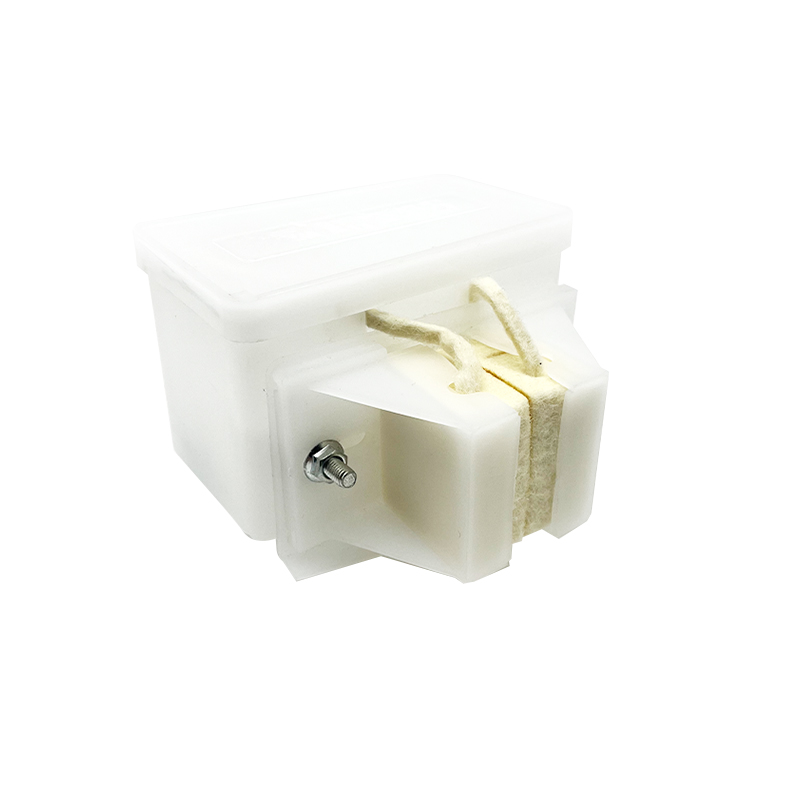1. Load capacity
Rated load: The load capacity of a roller is the load that it can safely withstand under normal operating conditions. Beyond this load, the roller may deform or damage, resulting in failure.
Design parameters: The design of load capacity is usually related to material strength, structural shape and size. For example, the use of high-strength materials (such as nylon) and appropriate bearing design can improve load capacity.
2. Service life
Wear and fatigue: As the load increases, the wear rate of the roller usually increases. High loads can cause material fatigue and shorten service life. Especially in high-frequency friction situations, wear can lead to performance degradation.
Heat generation: Under high loads, friction generates more heat, causing the temperature of the material to rise. Excessive temperatures may cause material degradation, which affects the service life.
3. Working conditions
Load variation: In actual applications, the load may fluctuate. Rollers that are subjected to loads close to or exceeding the rated load for a long time will have a significantly shortened service life.
Environmental factors: For example, in a humid or corrosive environment, the load capacity may be affected, causing material degradation, which further shortens the service life.
4. Optimize the balance
Suitable design: To ensure the long-term use of the roller, the balance between load capacity and service life must be reasonably selected during the design. Generally, choosing a load capacity slightly higher than the actual working load can effectively extend the service life of the roller.
Regular maintenance: Regular inspection and maintenance can detect potential problems in time and ensure that the roller operates under a safe load, thereby extending its service life.


 English
English 中文简体
中文简体











